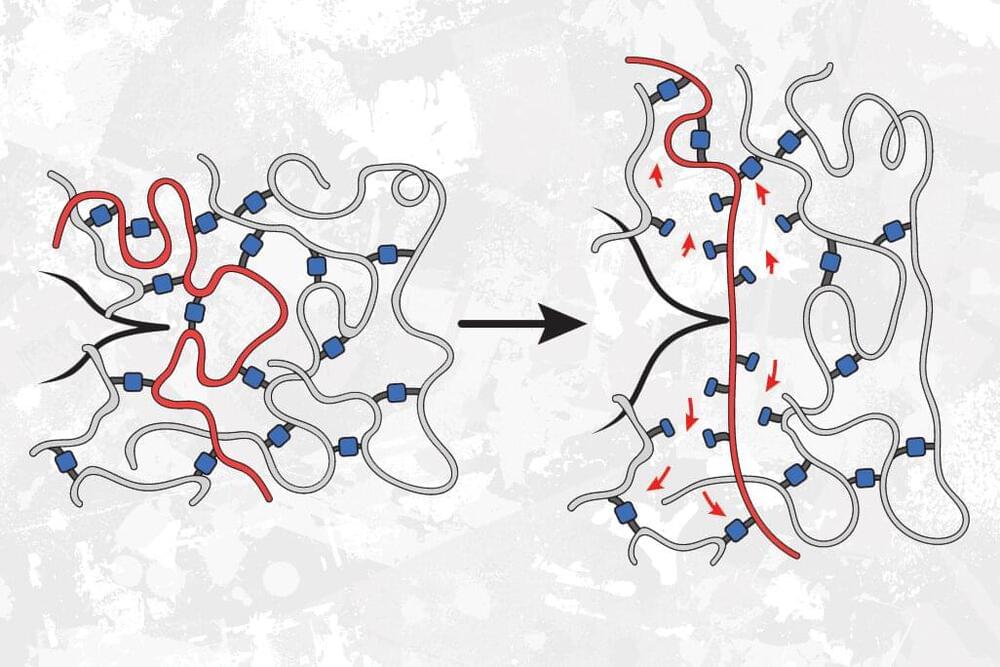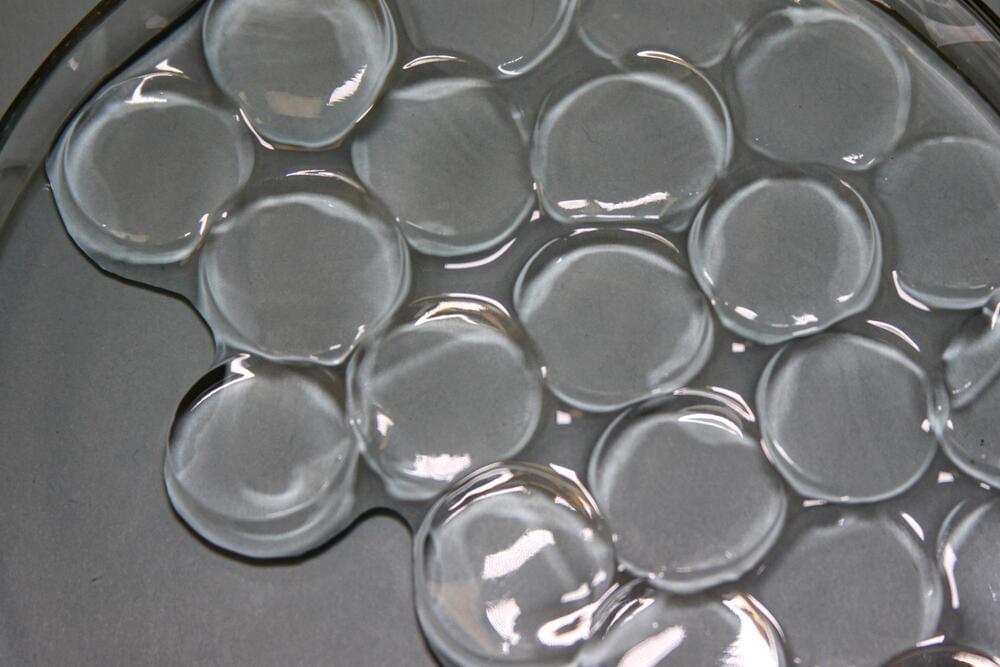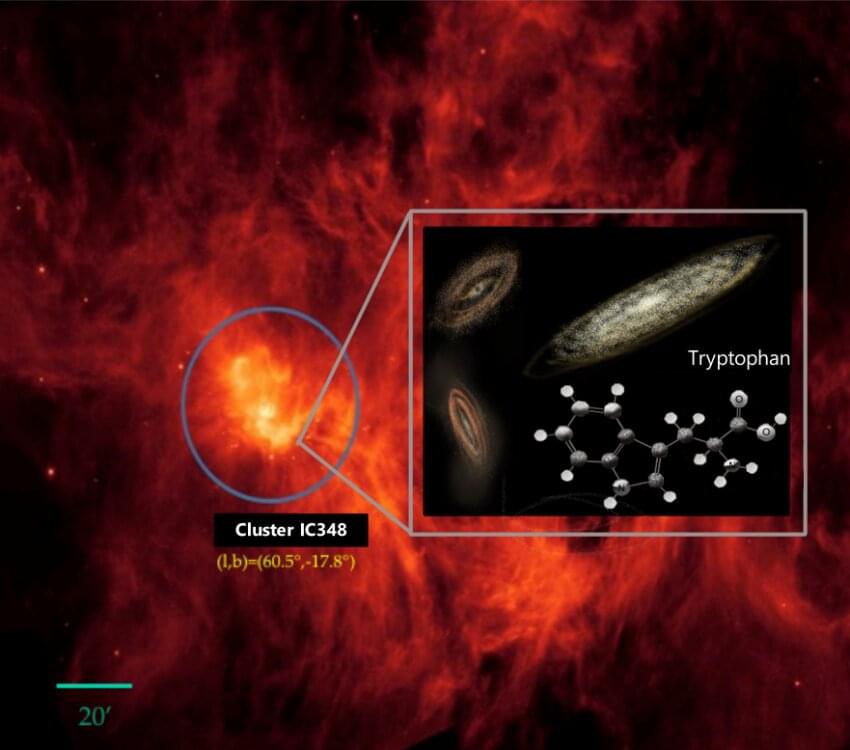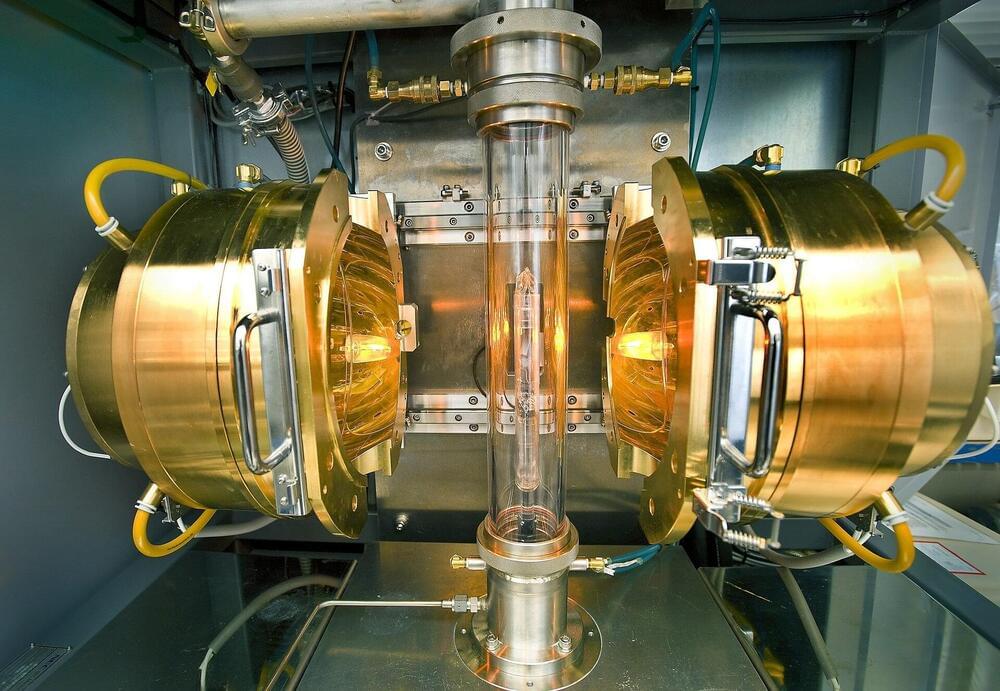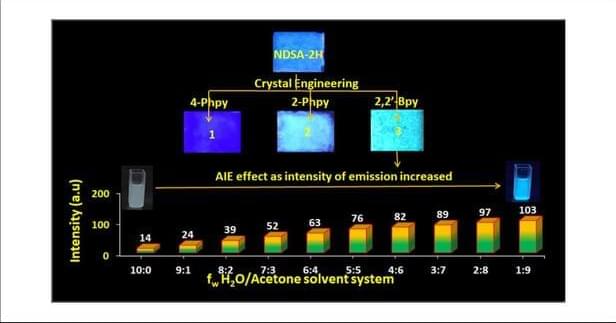Jun 25, 2023
Adding weaker bonds can enhance polymer’s resistance to tearing
Posted by Shailesh Prasad in category: materials
A team of chemists from MIT and Duke University has discovered a counterintuitive way to make polymers stronger: introduce a few weaker bonds into the material.
Working with a type of polymer known as polyacrylate elastomers, the researchers found that they could increase the materials’ resistance to tearing up to tenfold, simply by using a weaker type of crosslinker to join some of the polymer building blocks.
Continue reading “Adding weaker bonds can enhance polymer’s resistance to tearing” »
